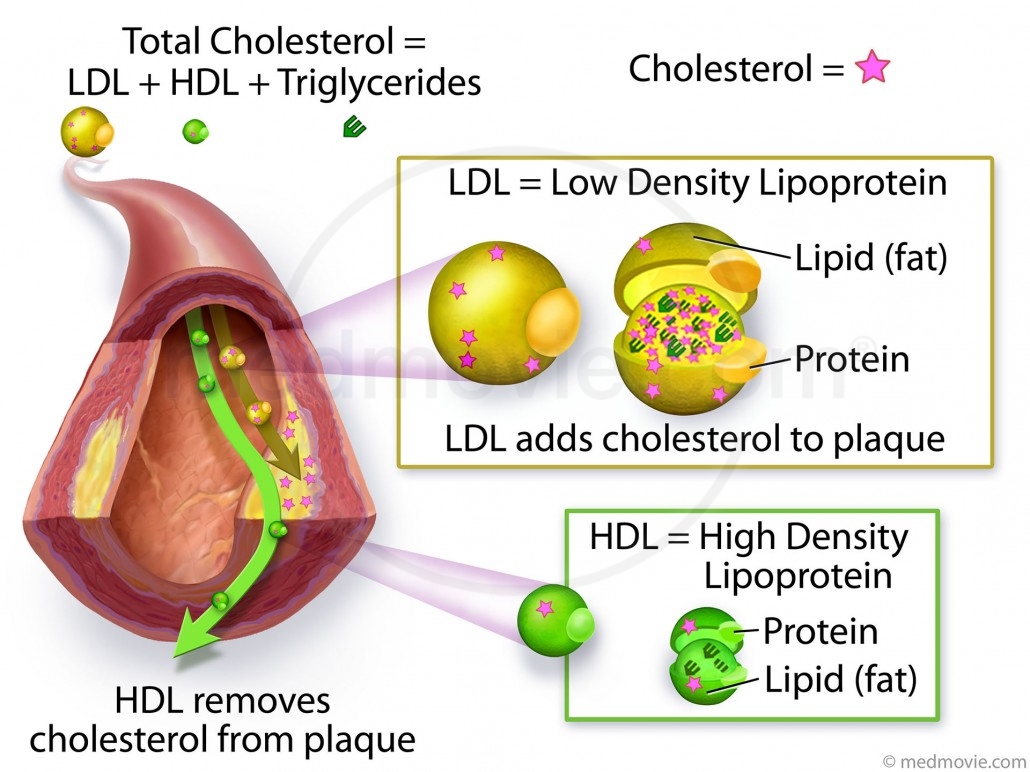Cholesterol - LDL and HDL
Request Stock Pricing
Cholesterol is a fatty substance present throughout the body. Cholesterol comes form two sources; it is made in the liver and absorbed from fatty foods in the diet. Cholesterol is necessary for many normal human structures and function. However, too much cholesterol has been associated with a higher risk of developing many diseases such as heart disease and stroke. Cholesterol circulates in the blood stream in particles called lipoproteins. There are multiple types of lipoprotein particles, each carrying cholesterol in a different part of a cycle in which cholesterol is circulated throughout the body. Two important types of these particles are the low density lipoprotein (LDL), also known as “bad cholesterol”, and the high density lipoprotein (HDL), also known as “good cholesterol”. Simply put, higher levels of LDL is associated with a higher risk of disease and higher levels of HDL are associated with a lower risk of disease. Total cholesterol refers to the total amount of HDL, LDL, and triglycerides in the blood. Cholesterol causes harm primarily through a process in which it is deposited in the blood vessel wall. This is called atherosclerosis and the deposits are often called plaque.
Request Stock PricingParent Topic: Cholesterol - HDL and LDL
Topic Media ID: cvml_0087i
